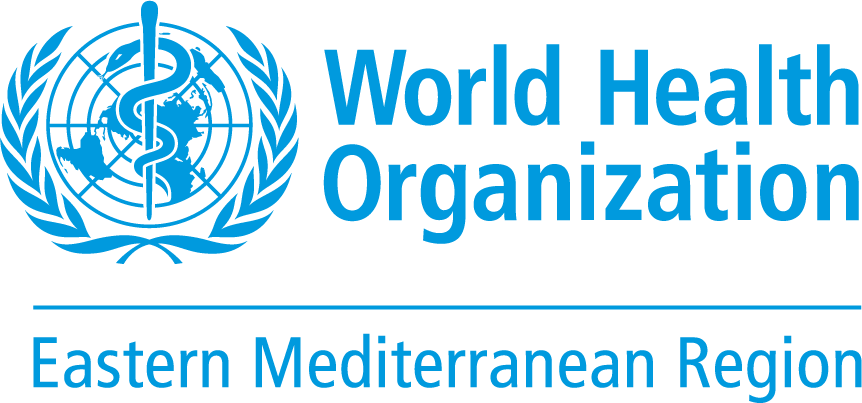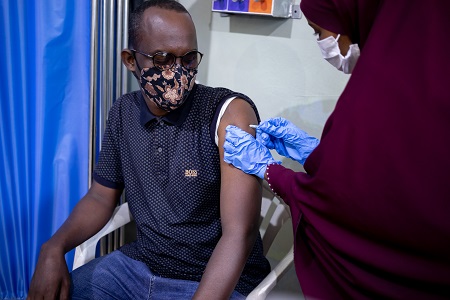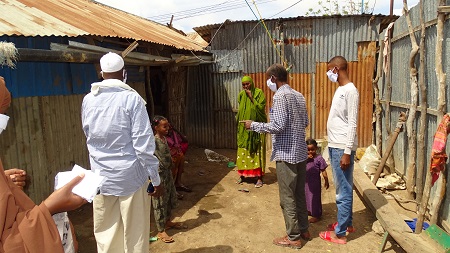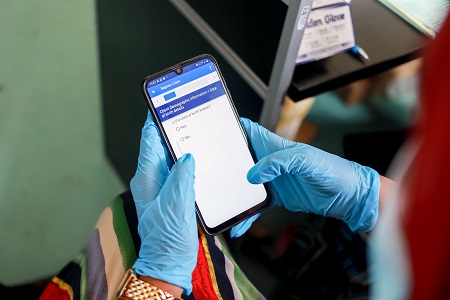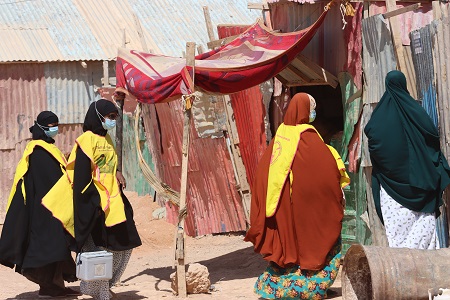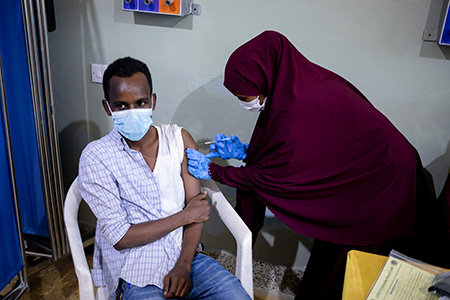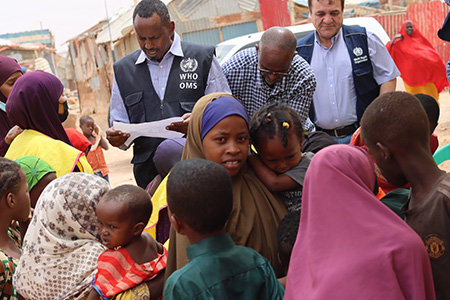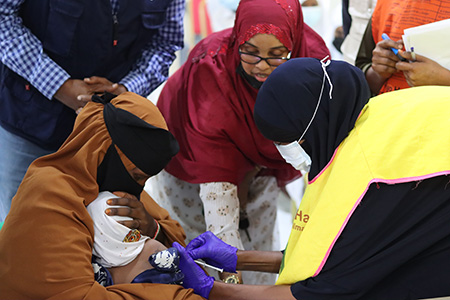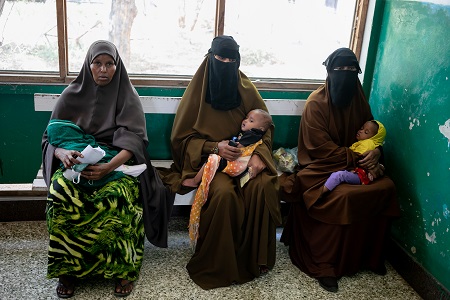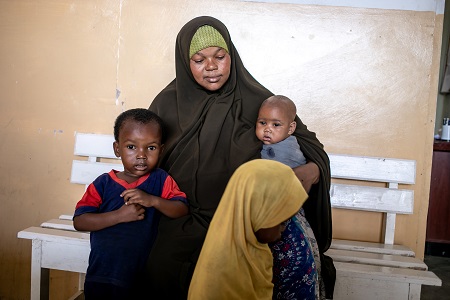 Credit: WHO/Somalia28 August 2022, Mogadishu – On 27 August 2022, Somalia received 1 645 600 doses of the Johnson and Johnson (J&J) COVID-19 vaccines from the Government of Sweden and the Government of the Czech Republic. The vaccines were donated by both countries through the COVAX Facility. So far, around 2.3 million people have been fully vaccinated against COVID-19 and over 1.9 million people partially vaccinated.
Credit: WHO/Somalia28 August 2022, Mogadishu – On 27 August 2022, Somalia received 1 645 600 doses of the Johnson and Johnson (J&J) COVID-19 vaccines from the Government of Sweden and the Government of the Czech Republic. The vaccines were donated by both countries through the COVAX Facility. So far, around 2.3 million people have been fully vaccinated against COVID-19 and over 1.9 million people partially vaccinated.
On this occasion, HE Dr Ali Haji Adam Abubakar, the Minister of Health and Human Services of the Federal Government of Somalia said, “We would like to express our sincere gratitude to the Government of Sweden and the Czech Republic for supporting us to protect Somalis against COVID-19. The vaccines we have received will indeed save lives, enable us to create more equity between Somalis of different backgrounds, and contribute to our national health goals to ensure we leave no one behind. This is even more important now as the country faces a severe drought and mass displacement, leaving more people vulnerable to diseases.”
The ongoing drought has brought the country to the brink of famine, and left 7.7 million people in need of humanitarian assistance and protection, and around 1 million people internally displaced.
“I am very proud that Sweden has yet again proved to be standing in solidarity with the people of Somalia to fight the COVID-19 pandemic. The 1 360 800 doses donated by the Swedish Government now will go a long way in helping Somalia getting more people vaccinated. In addition to the vaccine donation through COVAX, Sweden also has a long-term commitment and support to the health sector in Somalia, including financial support for health systems strengthening channeled through WHO, UNICEF, the United Nations Population Fund and Save the Children”, says the Swedish Ambassador to Somalia, Mr Per Lindgärde.
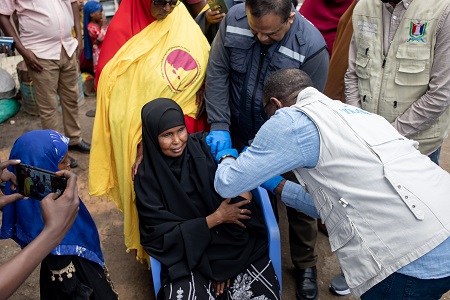 Credit: WHO/SomaliaDr Mamunur Rahman Malik, WHO Representative to Somalia said, “Overall, 15% of Somalia’s population has been fully vaccinated against COVID-19 so far and 12% are partially vaccinated. Together with the Government, donors and other partners, we have used creative ways and impactful innovations to reach the most vulnerable people, prevent further spread of COVID-19 and leverage on these efforts to rebuild health systems. However, we still have a long way to go. Somalia’s aim is to vaccinate at least 40% of people by the end of 2022.”
Credit: WHO/SomaliaDr Mamunur Rahman Malik, WHO Representative to Somalia said, “Overall, 15% of Somalia’s population has been fully vaccinated against COVID-19 so far and 12% are partially vaccinated. Together with the Government, donors and other partners, we have used creative ways and impactful innovations to reach the most vulnerable people, prevent further spread of COVID-19 and leverage on these efforts to rebuild health systems. However, we still have a long way to go. Somalia’s aim is to vaccinate at least 40% of people by the end of 2022.”
“Somalia has made tangible progress in procuring safe and effective COVID-19 vaccines. UNICEF continues to work closely with the Government and partners to ensure communities are aware on the benefits of being vaccinated,” says Wafaa Saeed, UNICEF Somalia Representative. “The humanitarian situation calls for urgent measures to scale up COVID-19 vaccination and other lifesaving humanitarian assistance, especially for internally displaced persons, rural communities and nomads.”
Some of the challenges slowing down COVID-19 vaccination in Somalia include limited access to specific areas due to insecurity or logistical challenges.
For additional information, please contact:
Khadar Hussein Mohamud
Head of Coordination and Communications
Ministry of Health, Federal Government of Somalia
This e-mail address is being protected from spambots. You need JavaScript enabled to view it
Mukhtar Abdi Shube
Head of the Expanded Programme on Immunization (EPI) section
Ministry of Health
Federal Government of Somalia
This e-mail address is being protected from spambots. You need JavaScript enabled to view it
Fouzia Bano
Communications Officer
WHO Somalia
This e-mail address is being protected from spambots. You need JavaScript enabled to view it
Lisa Hill
Communications Specialist
UNICEF Somalia
This e-mail address is being protected from spambots. You need JavaScript enabled to view it
